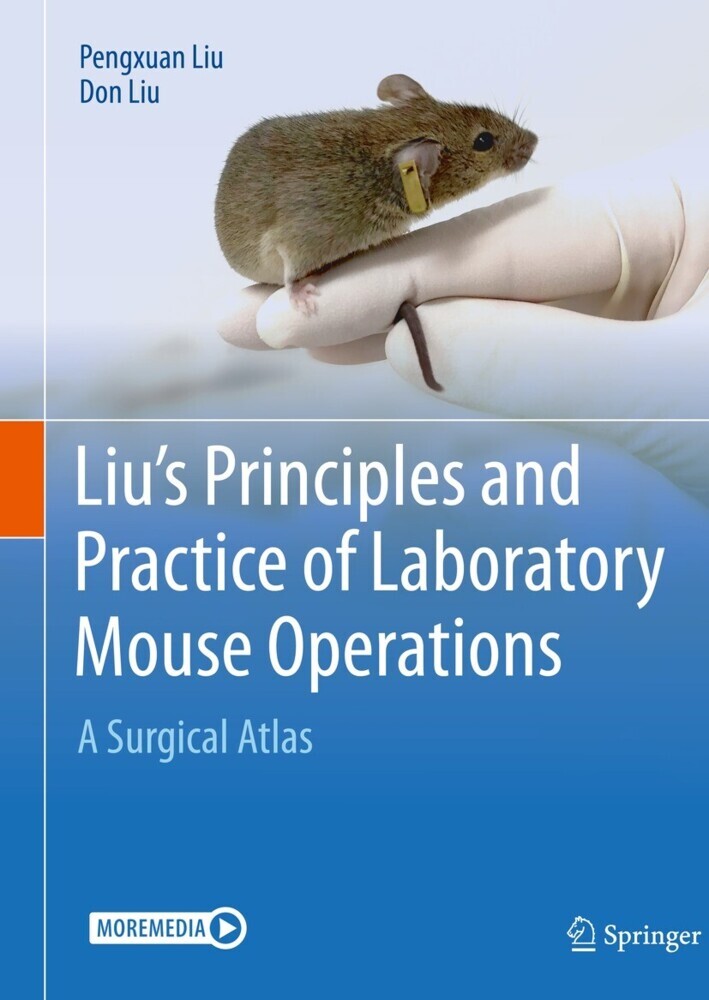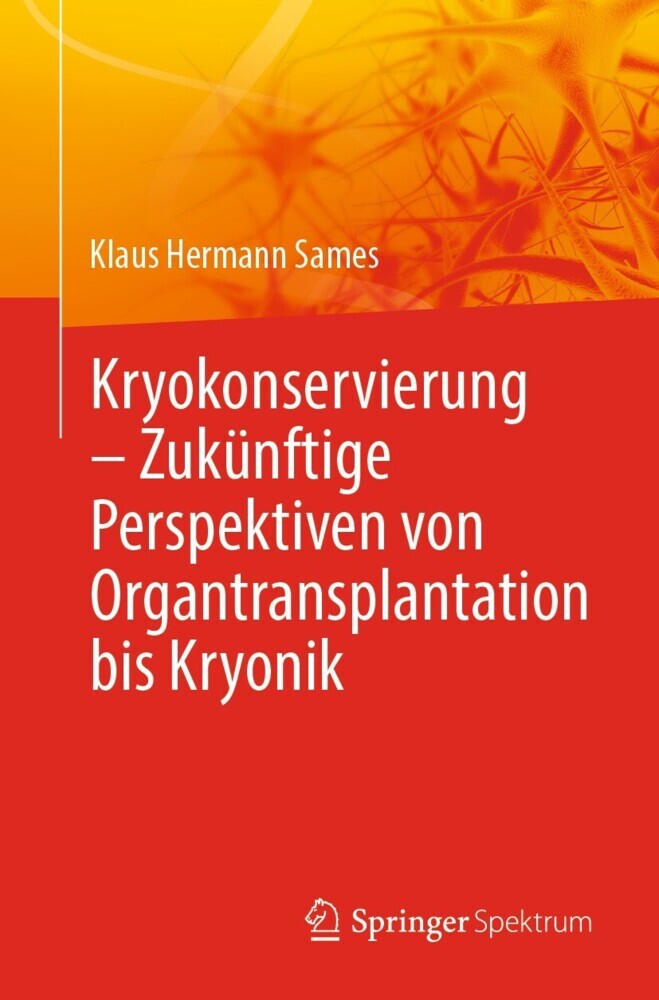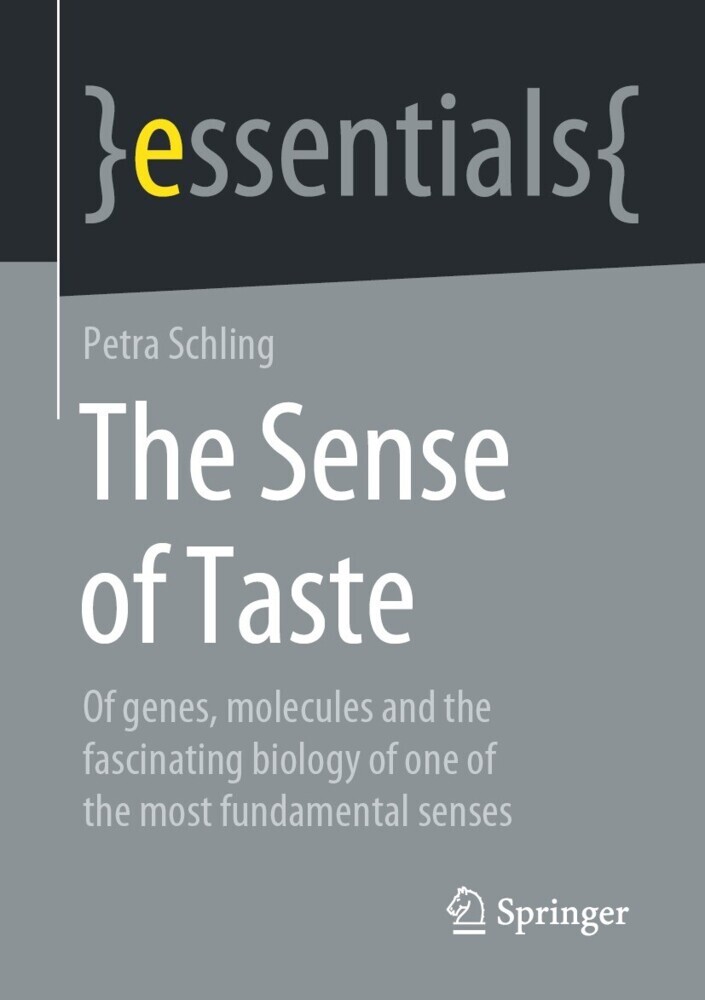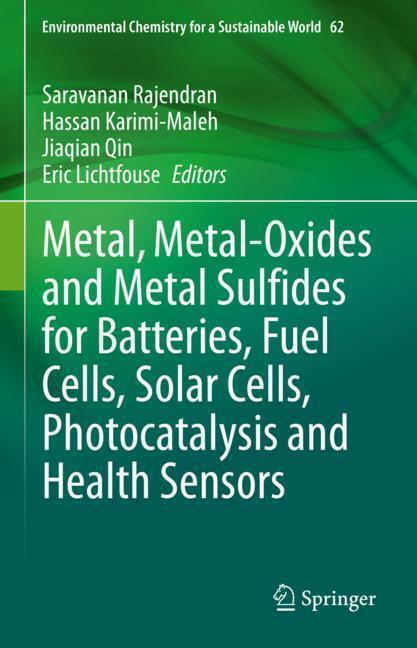The future of agriculture strongly depends on our ability to enhance productivity without sacrificing long-term production potential. An ecologically and economically sustainable strategy is the application of microorganisms, such as the diverse bacterial species of plant growth promoting bacteria (PGPB). The use of these bio-resources for the enhancement of crop productivity is gaining worldwide importance.
Bacteria in Agrobiology: Crop Ecosystems describes the beneficial role of plant growth promoting bacteria with special emphasis on oil yielding crops, cereals, fruits and vegetables. Chapters present studies on various aspects of bacteria-plant interactions, soil-borne and seed-borne diseases associated with food crops such as rice, sesame, peanuts, and horticultural crops. Further reviews describe technologies to produce inoculants, the biocontrol of post harvest pathogens as a suitable alternative to agrochemicals, and the restoration of degraded soils.
Bacteria in Agrobiology: Crop Ecosystems describes the beneficial role of plant growth promoting bacteria with special emphasis on oil yielding crops, cereals, fruits and vegetables. Chapters present studies on various aspects of bacteria-plant interactions, soil-borne and seed-borne diseases associated with food crops such as rice, sesame, peanuts, and horticultural crops. Further reviews describe technologies to produce inoculants, the biocontrol of post harvest pathogens as a suitable alternative to agrochemicals, and the restoration of degraded soils.
1;Preface;6 2;Contents;8 3;Contributors;10 4;Chapter 1: Emerging Role of Plant Growth Promoting Rhizobacteria in Agrobiology;14 4.1;1.1 Introduction;14 4.2;1.2 Soil and Rhizosphere in Sustainable Agriculture;15 4.3;1.3 Beneficial Bacteria;16 4.4;1.4 Crop Ecosystem;21 4.5;1.5 PGPR in Agrobiology;22 4.5.1;1.5.1 Cereals;22 4.5.2;1.5.2 Oilseeds;24 4.5.3;1.5.3 Fruits, Vegetables, and Cash Crops;26 4.5.4;1.5.4 Legumes;28 4.5.5;1.5.5 Forestry;31 4.5.6;1.5.6 Mulberry (Sericulture);33 4.6;1.6 Limitations Associated with PGPR;34 4.7;1.7 Conclusion and Future Prospects;35 4.8;References;36 5;Chapter 2: Bacillus as PGPR in Crop Ecosystem;50 5.1;2.1 Introduction;50 5.2;2.2 Ecology of Bacillus and Paenibacillus Species;52 5.2.1;2.2.1 Distribution, Diversity, and Population Dynamics;52 5.2.2;2.2.2 Spatiotemporal Aspects;54 5.2.3;2.2.3 Rhizospheric Effect and Host Specificity;55 5.2.4;2.2.4 Endophytic Colonization and Plant Growth Promotion;57 5.3;2.3 Phtyostimulation and Biofertilization Effects;58 5.3.1;2.3.1 Phytostimulation;58 5.3.2;2.3.2 Biofertilization;59 5.4;2.4 Biological Control: Gram-Positive Perspectives;60 5.4.1;2.4.1 Success Stories of Bacillus Species as Biocontrol Agents;61 5.4.1.1;2.4.1.1 Antibiosis;62 5.4.1.2;2.4.1.2 Quorum Quenching and Biological Control;62 5.4.1.3;2.4.1.3 Induced Systemic Resistance: Ecological Significance and Applicability;64 5.4.1.4;2.4.1.4 Greenhouse Studies on Induction of Plant Resistance Systems;64 5.4.1.5;2.4.1.5 Field Experiments for Protection Against Systemic Disease;65 5.5;2.5 Conclusions;66 5.6;References;67 6;Chapter 3: Endophytic Bacteria: Perspectives and Applications in Agricultural Crop Production;73 6.1;3.1 Introduction;73 6.2;3.2 ``Endophytes´´ What It Means?;74 6.3;3.3 Sources of Endophytic Bacteria;75 6.4;3.4 Modes of Entry of Endophytes;75 6.5;3.5 Endophytic Movement Inside the Plant;79 6.6;3.6 Endophytic Colonization in Plant Tissues;79 6.7;3.7 Ecology of Endophytic Bacteria;81 6.8;3.8 Endophytes and Their Role in Plants;82 6.9;3.9 Beneficial Effects on Plant;84 6.10;3.10 Endophytic Diazotrophs;84 6.11;3.11 Endophyte´s Physiological Role;87 6.12;3.12 Biotization;88 6.13;3.13 Biological Control;91 6.14;3.14 Rice Endophytes;92 6.15;3.15 Sugarcane Endophyte;94 6.16;3.16 Conclusion;98 6.17;References;99 7;Chapter 4: PGPR Interplay with Rhizosphere Communities and Effect on Plant Growth and Health;109 7.1;4.1 Introduction;109 7.2;4.2 Interplay with Eukaryotic Hosts: The Human Pathogenic Potential of PGPR;110 7.3;4.3 The Rhizosphere as Reservoir for Potential Human Pathogenic Bacteria;111 7.4;4.4 Caenorhabditis elegans: A Model to Assess Potential Human Pathogenic Bacteria;112 7.5;4.5 Interplay with Rhizosphere Communities: The Impact on the Environment;115 7.6;4.6 Conclusions;118 7.7;References;118 8;Chapter 5: Impact of Spatial Heterogeneity Within Spermosphere and Rhizosphere Environments on Performance of Bacterial Biological Control Agents;122 8.1;5.1 Introduction;122 8.2;5.2 The Spermosphere and Rhizosphere Influence Behavior of Bacterial Biological Control Agents;123 8.3;5.3 Soil Factors Influence Biological Control Agents in the Spermosphere and Rhizosphere;124 8.3.1;5.3.1 Plants Influence the Complexity and Heterogeneity of the Spermosphere and Rhizosphere;125 8.3.1.1;5.3.1.1 Plant Inputs Serve as Nutrients and Influence the Behavior of Biological Control Bacteria;126 8.3.1.2;5.3.1.2 The Distribution and Bioavailability of Nutrient Compounds to Bacterial Biological Control Agents Are Nonuniform in the Spermosphere and Rhizosphere;130 8.3.1.3;5.3.1.3 Molecules Released by Plants into the Spermosphere and Rhizosphere Can Have Detrimental Effects on Residing Microorganisms, Including Biological Control Bacteria;132 8.3.1.4;5.3.1.4 Indigenous Microbial Communities Are Distributed Nonuniformly in the Spermosphere and Rhizosphere;132 8.3.1.5;5.3.1.5 Biological Control Agents Must Colonize the Rhizosphere for Effective Disease Suppression to Occur;133 8.4;5.4 Conclusion;134 8.5;Referen
Maheshwari, Dinesh K
| ISBN | 9783642183577 |
|---|---|
| Artikelnummer | 9783642183577 |
| Medientyp | E-Book - PDF |
| Copyrightjahr | 2011 |
| Verlag | Springer-Verlag |
| Umfang | 434 Seiten |
| Sprache | Englisch |
| Kopierschutz | Digitales Wasserzeichen |











